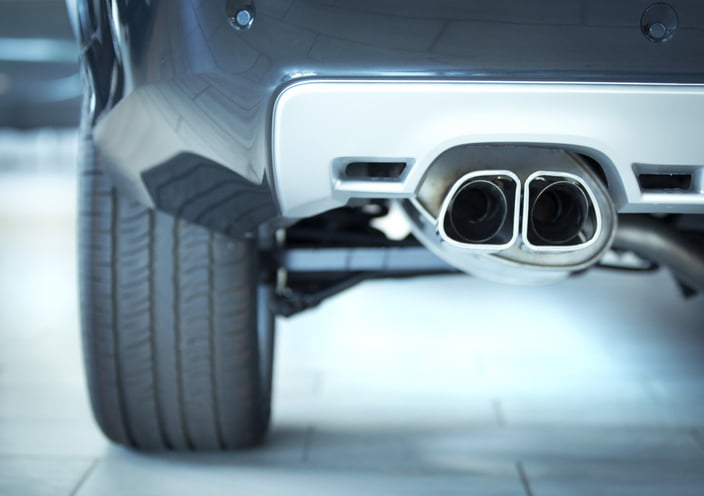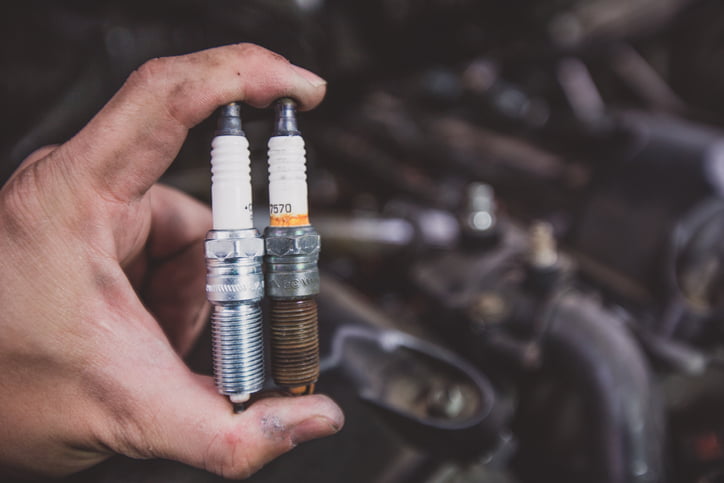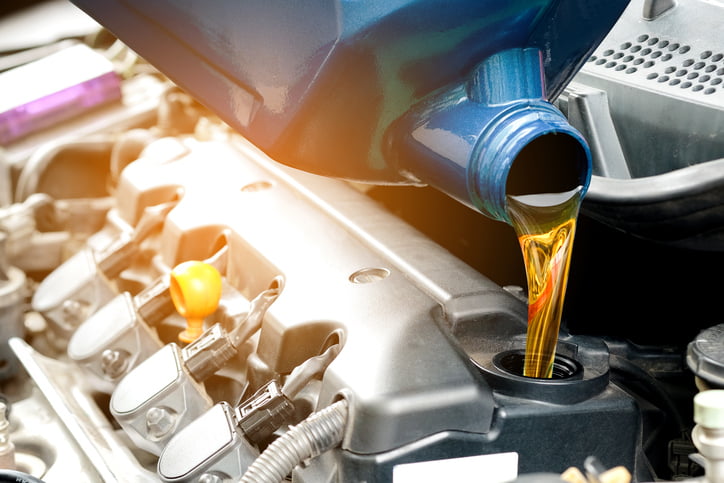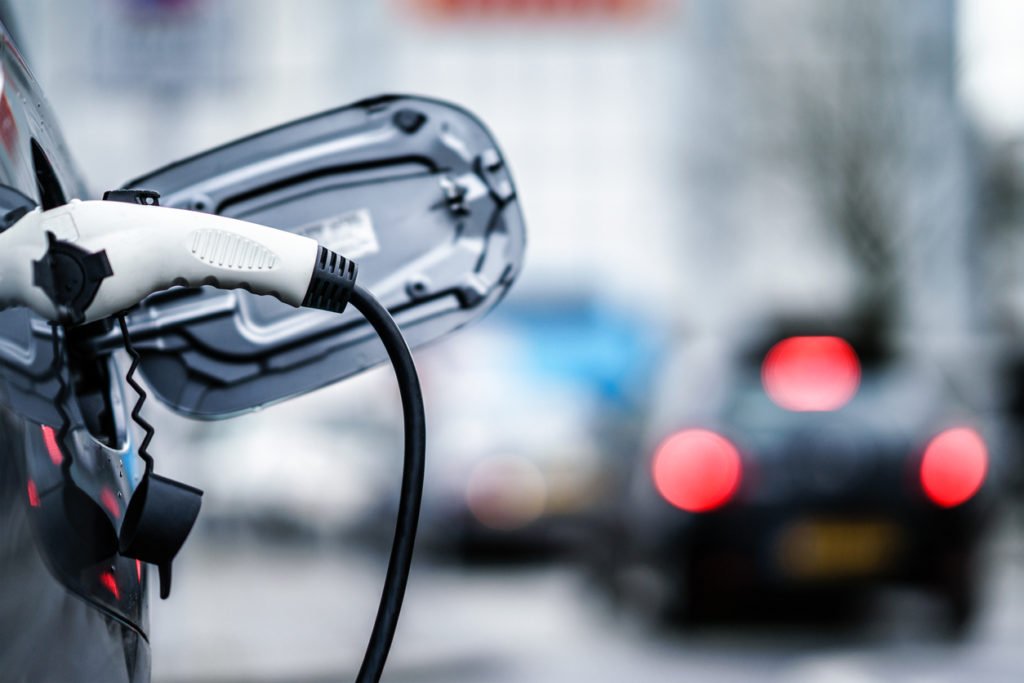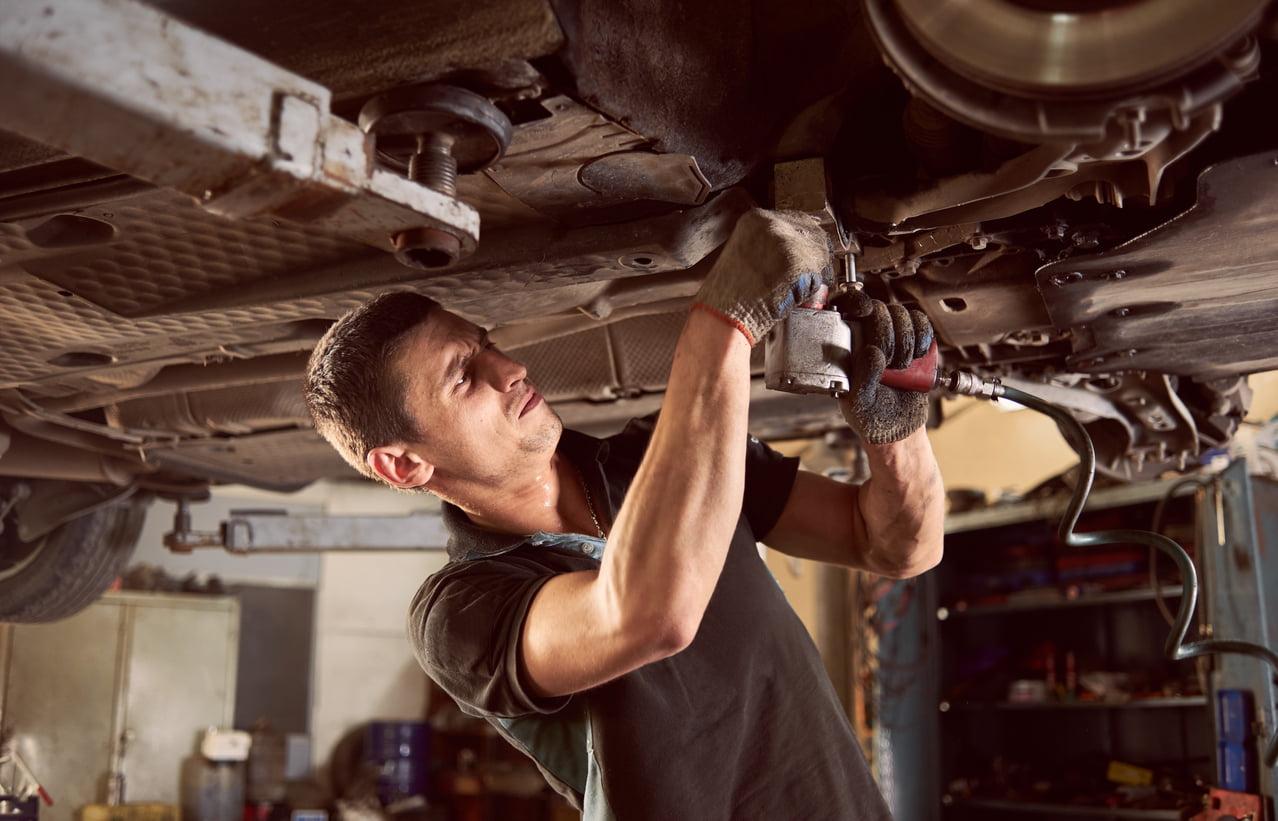 If you enjoy tinkering with your car, and want to save yourself some money on trips to the garage, then you’ve probably wondered whether you can service your own car at home rather than paying a mechanic to do it.
If you enjoy tinkering with your car, and want to save yourself some money on trips to the garage, then you’ve probably wondered whether you can service your own car at home rather than paying a mechanic to do it.
It is a job that you can do at home, and can be a great way to spend a day under the bonnet. This guide talks you through everything you need.
Quick Links
- Can I Service My Own Car?
- What Tools and Equipment Will I Need to Service My Car?
- Car Service Checklist: Basic Jobs You Can Do Yourself
Can I Service My Own Car?
With the right tools and a good working knowledge under the bonnet, servicing your own car is a good way to save money and stay on top of your car’s maintenance and upkeep. There are several checks and servicing jobs you can do yourself, meaning you won’t have to pay for a full service each year.
That said, we wouldn’t recommend carrying out any servicing work unless you know what you’re doing and have the right tools to complete the job to a good standard. It’s also really important to have the right space and equipment to carry out a service. You’ll need to get underneath your car so you’ll need a quality jack and jack stands.
You’ll also need a reasonable amount of time depending on how confident you are, so make sure you give yourself at least a day to complete all the work.
With all that being said, if you’re convinced you can service your car as well as any mechanic, then our home servicing guide below can help make sure you get it right.
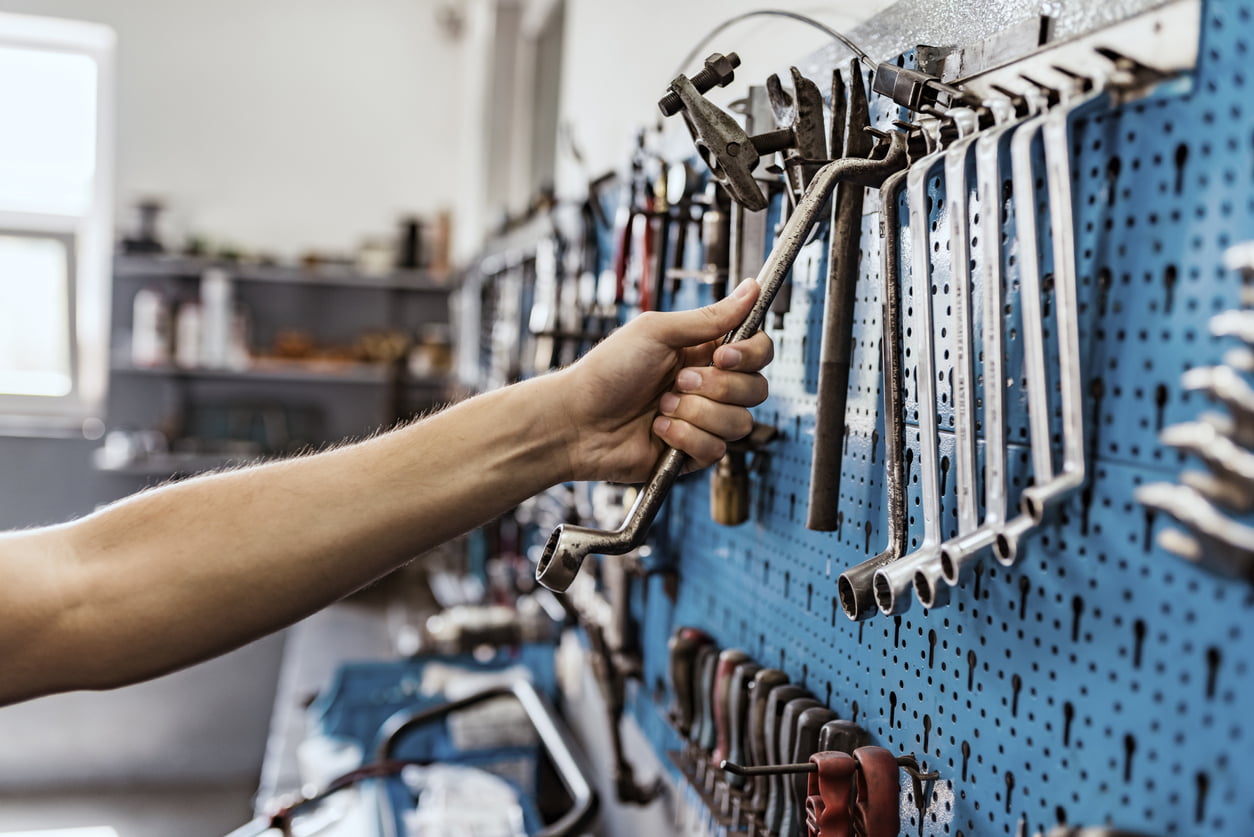
What Tools and Equipment Will I Need to Service My Car?
As you might expect, servicing a car requires certain tools and equipment. If you already have a well-stocked garage or shed then you will have most if not all of the tools, but you might need to get a few extra bits to be totally prepared.
Below, we list the equipment required to carry out a basic car service. You may find you need other, more specialist tools depending on the complexity of the work and the make and model of your car, but our list should provide a rough guideline to get you started:
- A jack and jack stands
- Full socket set
- Torque wrench
- Screwdrivers
- Bucket or drain tray
- Funnel
- Spark plug remover (for torque wrench)
- Rubber gloves
We’d recommend reading your car’s manual first to see if it mentions any recommended tools or equipment; a Haynes manual for your make and model can also be helpful.
Car Service Checklist: Basic Jobs You Can Do Yourself
If you’re experienced enough to consider servicing your own car, then a lot of this will be familiar. However, if this is your first time giving it a go or just require a quick refresher, we’ve covered the basics of how to carry out basic service jobs below.
Changing the Oil and Oil Filter
Changing the oil is one of the first jobs most people carry out when servicing a car. That’s because you can work on other areas while the oil is draining from the system, i.e. checking the condition and pressure of the tyres.
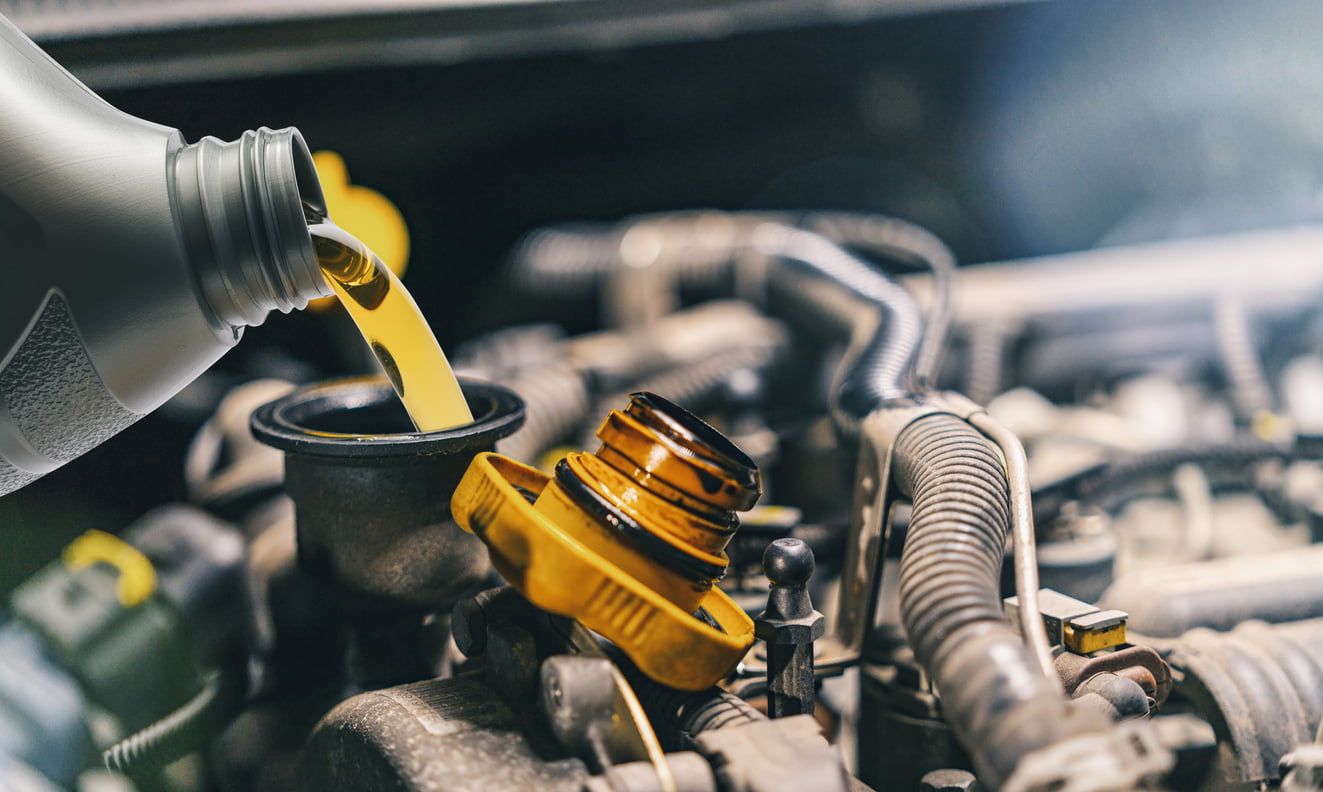 Here’s a step-by-step guide on how to change your car’s oil:
Here’s a step-by-step guide on how to change your car’s oil:
- Jack up your car so you can get beneath the front engine bay easily.
- Place an oil drain pan or bucket beneath the sump plug.
- Unscrew the oil fill cap and then loosen the sump. Oil should begin draining from the system. Wait for this to stop before you proceed.
- Unscrew the oil filter and store it somewhere safe ready for disposal. Then, apply a small amount of oil to the edge of the new oil filter before screwing it in place; this provides a tighter seal.
- Replace the sump plug and, using the funnel, pour fresh oil into the system.
- Run the engine for 5-10 minutes to let the oil circulate. Then, top it up if required and replace the cap.
Changing Fluids
As well as oil, you may need to change some or all of the other essential engine fluids as part of your home service – including coolant/antifreeze, brake fluid, power steering fluid and screen wash. Not all these fluids will need changing every service, but it’s certainly worth checking them to make sure they remain in a well-maintained condition.
Screen wash and coolant/antifreeze are easy to replace yourself, but we’d recommend leaving power steering fluid and brake fluid to the pros. To change the coolant/antifreeze, follow these steps below:
- Make sure the engine is completely cool before you start.
- Place a bucket under the radiator to catch the old fluid. Then, loosen the bolt at the corner of the radiator to begin draining the system.
- When the fluid has drained off, we’d recommend using a flush product to clean and degrease the system. This will help clear any deposits and clean out the system before you fill with coolant. To do this, replace the radiator plug, fill the system with your chosen flush product, and run the engine for a couple of minutes to let the fluid circulate and give the system a thorough clean.
- Follow the steps above to remove the cooling system flush fluid from the system. Then, top up with a good quality coolant/antifreeze. Again, run the engine with the cap off to expel any air from the system, before sealing it tightly.
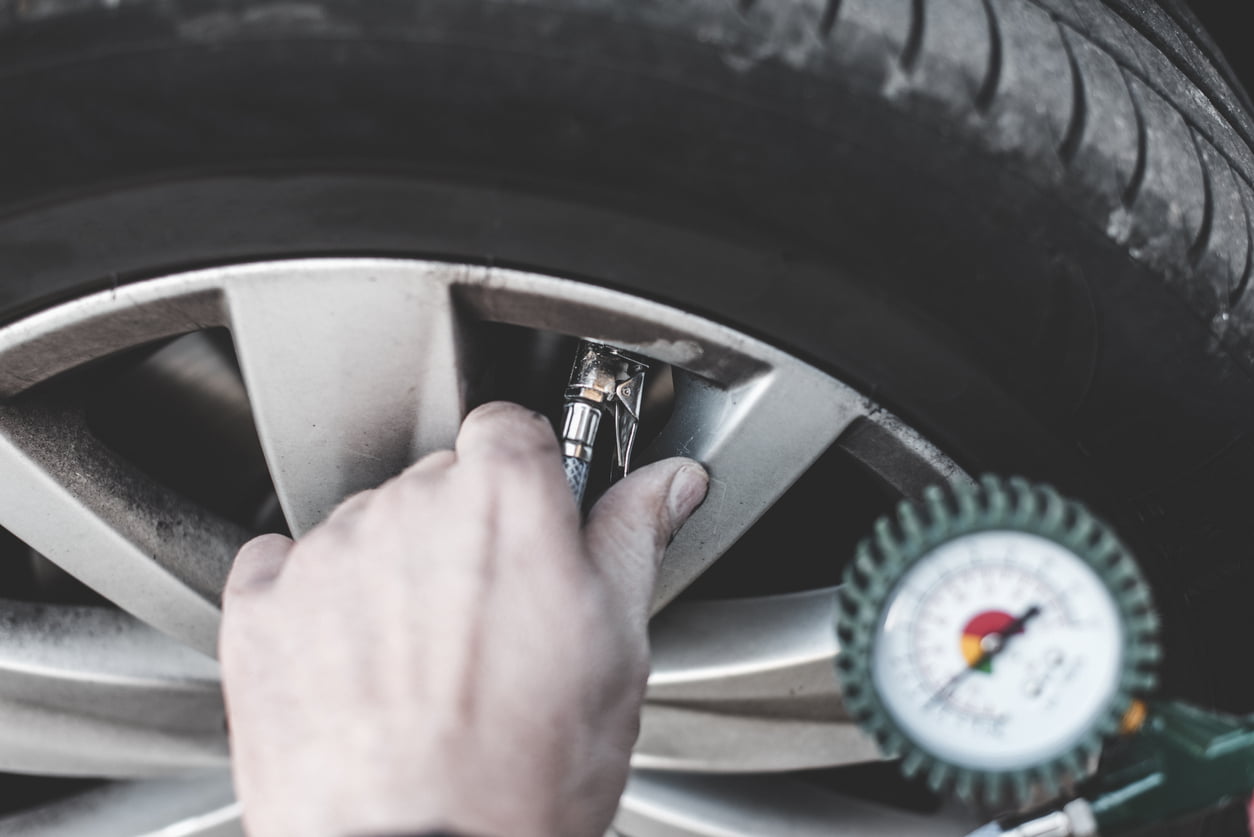 Tyre Pressure and Condition
Tyre Pressure and Condition
One of the simplest servicing tasks is to check the condition and pressure of the tyres. Have a look at each tyre in turn, first checking the pressure and then checking the tread wear and overall condition of the tyre itself.
Remember that the legal tyre tread depth in the UK is 1.6mm, which is roughly the same as the outer rim of a 20p coin. The coin test is therefore the best way to make sure your tyres are still in a legal and well-maintained condition.
Replacing the Air Filter
Replacing the air filter is a simple enough job you can easily do as part of your home service. Over time, filters can get clogged with dust and dirt which can hinder your car’s air intake, leading to a drop in performance and economy.
Changing or cleaning an air filter is easy. Simply unclip the airbox at the very front of the car and slide the filter out. Now, you could easily replace the old filter by sliding a new one in its place, or you may just want to give it a good clean. If you have an air line or can of pressurised air, give it a blast to remove dust and particles, before replacing it in the airbox.
Change the Spark Plugs
If you’re up to the task, changing spark plugs as part of your home service is an extra job which is well worth doing to maintain good engine health and performance. Depending on how many miles you cover, your spark plugs may need changing every year in line with a regular service – so doing them yourself is a good way to save time and money.
If you’re not sure how to change your car’s spark plugs, lucky for you we have a complete guide on how to do it, including some of the signs which can tell you it’s time to change them.
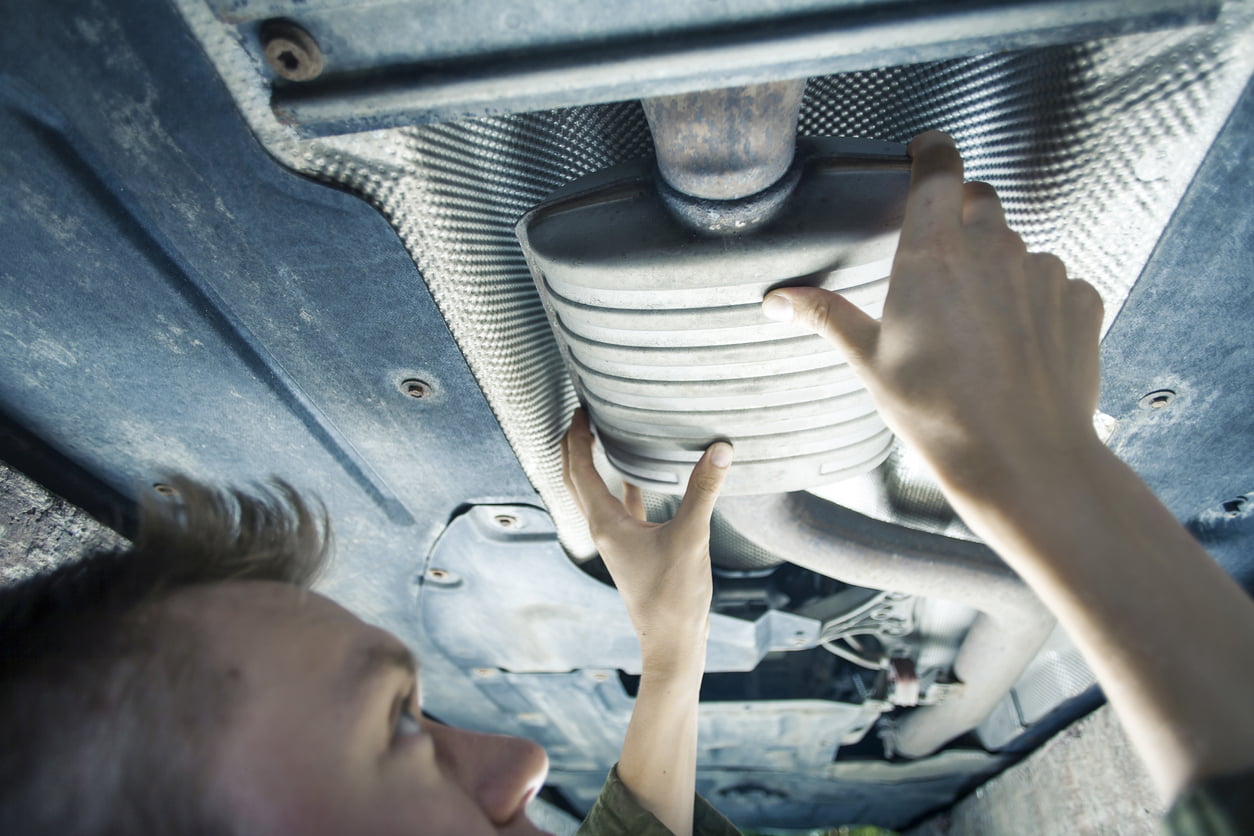 Checking the Exhaust
Checking the Exhaust
As part of your home service, you’ll want to give the exhaust system a good once over. For this, you may need to readjust how you have your car jacked up so you can easily access the back of the car. Grab a torch and follow the exhaust pipe along the underside of the car; you’re looking for any small holes, cracks or areas of corrosion that could show that a section of the exhaust needs repairing. Make sure that the exhaust hangers and heat shielding are also in a good condition. If you notice any small cracks or areas for concern, we’d recommend using the Gun Gum system from our partner brand Holts, which provides a permanent repair for exhaust leaks.
At Redex, we’re committed to helping our customers enjoy a better drive, producing high-quality engine additives and fuel system cleaners which improve performance and engine health. For more information or our complete product range, visit the homepage. Or, if you’re interested in joining the Redex Club Facebook group, click here to join in the conversation today.

